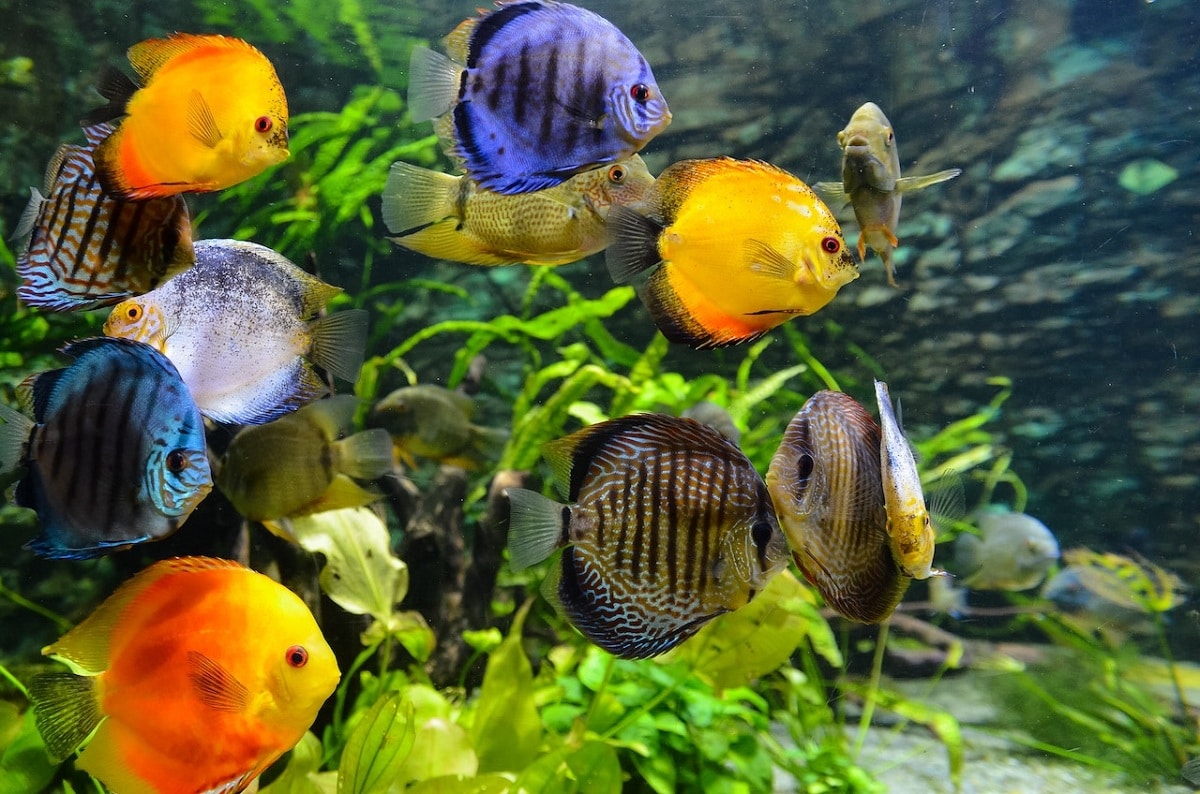
Surely you have ever questioned the fact that fish can communicate and how they can do it. Several groups of scientists have questioned this and conducted research to show that fish can communicate between them through different mechanisms.
In this article we are going to show you how fish can communicate.
Communication sounds
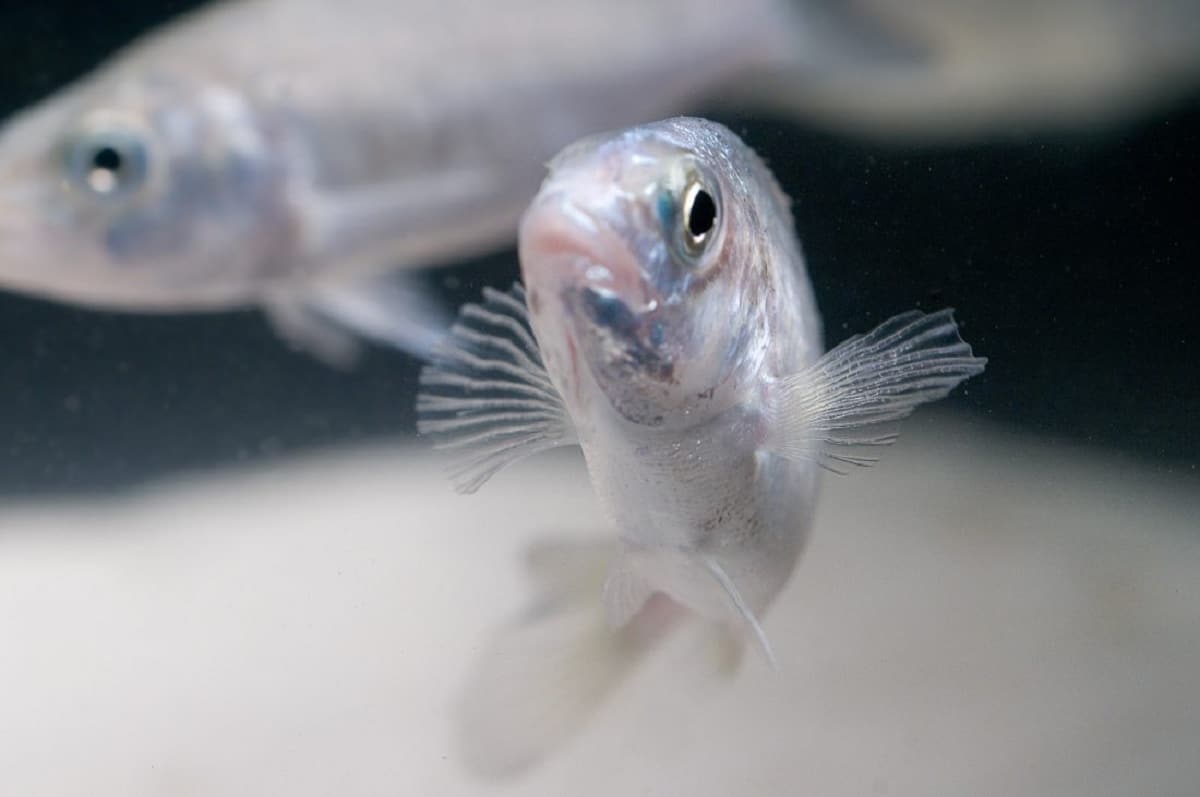
Different studies have shown that fish also have the ability to communicate with each other, they do so with grunting and thumping-like sounds.
New Zealand scientists believe that all fish can hear, but not all have the ability to make sounds, they can only make sounds that have a swim bladder, a muscle that can contract.
From the University of Auckland, Professor Ghazali assured that fish communicate in the face of the need to scare away predators, when they seek pair and when they need to get their bearings.
A clear example is the blond fish or swallow that can make different soundsOne that keeps quiet is the cod, it only makes a sound when it must mate.
«The hypothesis is that they use sound as a synchronization tool so that the male and female expel their eggs at the same time and thus achieve a successful fertilization.«. Some species that inhabit reefs generate noise to avoid being attacked by predators.
The goldfish seen in aquariums have a excellent hearing but do not have the ability to vocalize nor can they make any sound.
Fish communication through urine
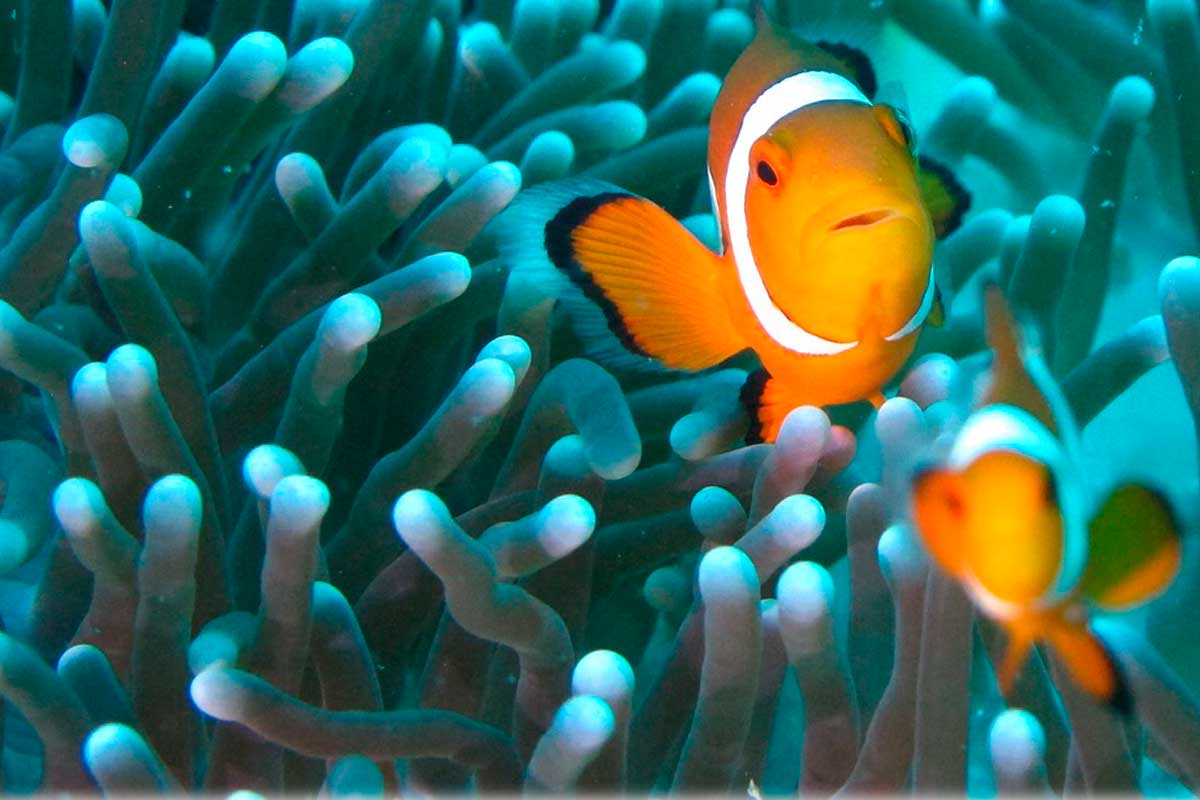
Another type of communication that exists in fish can be through urine. There are numerous studies on it, of which an investigation that appears in the journal Behavioral Ecology and Sociobiology stands out. In this research it is said that fish can communicate through some chemicals in urine.
Communication plays a fundamental role in the life and development of fish. There are more territorial fish that have an aggressive behavior to be able to defend their land. In order to establish guidelines in the signaling of the terrain, communication is needed. Studies suggest that chemical communication between fish plays a fundamental role in coexistence. Although there is another sign that is somewhat more obvious that fish can communicate with each other, such as the existence of large schools. de peces, chemical communication is of vital importance.
There are other signals that have also been studied, such as some visual and acoustic communication mechanisms. When we talk about communicating between fish through the chemical substances in urine, we are comparing it with the behavior of mammals. Research is trying to find out if fish use urine to mark territory. You have to take into account the environment in which they live. In an aquatic environment, the urine does not stay in place, but the water dissolves. Water, on the other hand, it can be a favorable medium for being able to communicate through chemistry.
Urine experiment
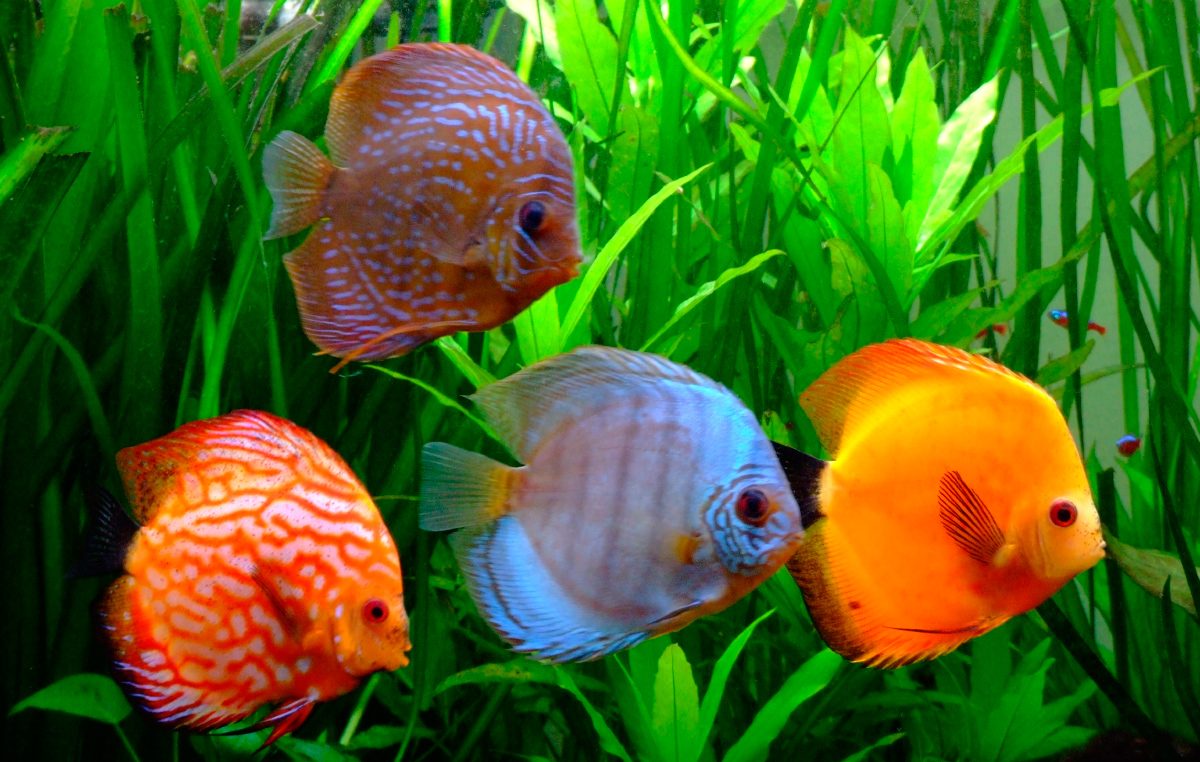
To find out if urine played a role in territoriality, some experiments were done around a water tank separated by a partition. It was edited that the animals will come into contact with each other physically. However, they designed the tank in such a way that they could be seen in such a way that the water from one compartment would not pass into the other compartment. Some fish of different sizes were contacted, since this is a fundamental aspect if one wants to analyze the communication between rivals.
The fish were injected with a substance to stain their urine blue so that it could be measured and observed. Once this was done, the scientists began to measure how much urine expelled to the fish in various situations it was in. If multiple fish were seen inside the tank, they would raise their fins and aggressively approach each other. What's more, they emitted more urine compared to a situation where both fish were not seeing each other.
Several changes were also observed in the behavior patterns of the fish looking at each other. These changes they were only observed if the urine moved to the other side of the tank. In this case, if a fish saw a larger one, it reduced its aggressiveness and was more docile. From here we can highlight the fear of predation and territoriality. If the urine was not able to pass through the tank partition de peces, no change in behavior was observed between fish, regardless of their size.
This may indicate that urine serves as a method of chemical communication between fish. It is possible that the conclusion can be drawn from this study that fish purposely emit urine in order to communicate their penchant for aggressiveness. It is a form of territoriality of each species. These studies should also be carried out in different species to see the behavior of each of them. Too It will depend on the time in which they are, either migration or reproduction. In certain conditions of the year the fish behave in a more territorial way than others.
Communication method de peces: passive acoustics
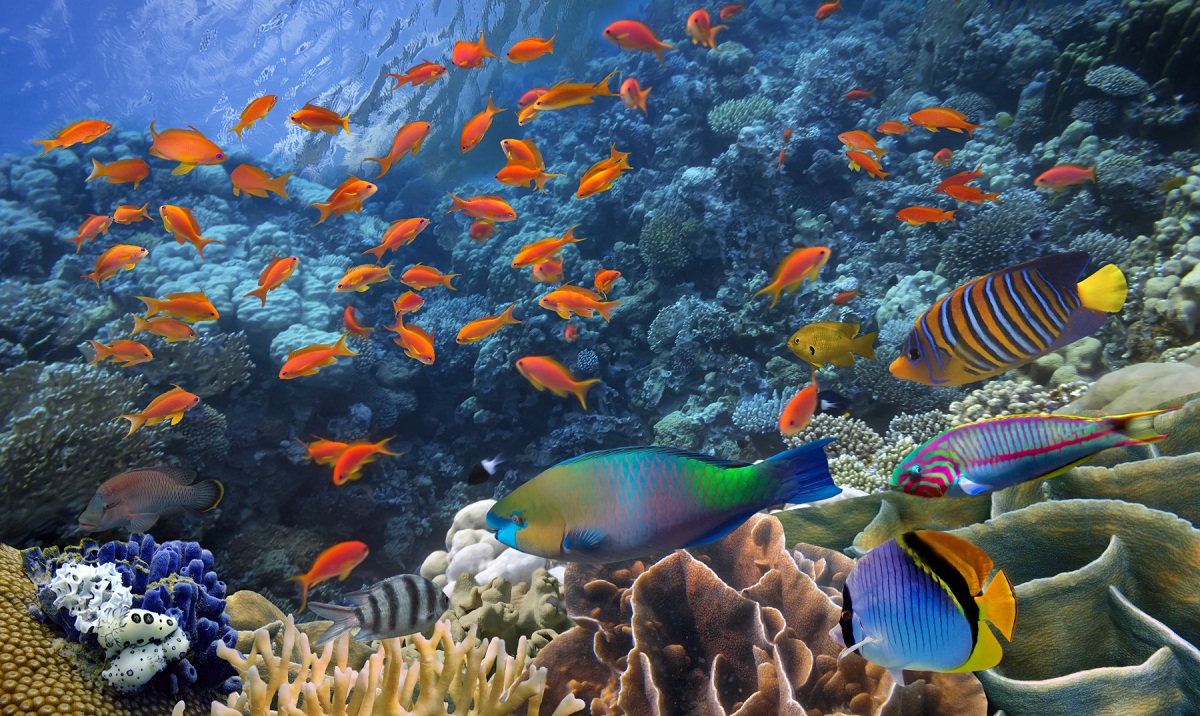
Passive acoustics is a way of communicating between fish that have a great diversity of sound-generating organs. Most species de peces It has a muscle that works quickly and rhythmically percusses on the swim bladder. It has practically been possible to demonstrate that the fish that can emit sounds are those that have a swim bladder. If we hit a balloon and hit it, we will produce a similar effect.
In addition, it has been shown that fish can get into whose the stridulation or friction of bone elements moving their tendons or passing air through body cavities. This way of communicating has had to develop thanks to some adaptations for its survival of the aquatic environment. Faced with the imminent attack of a predator, the fish must communicate with each other to hurry to flee.
The banks de peces They are very well organized and depend on the entire group to survive attacks from predators. In such an emergency, communication, whether through urine or the friction of bone elements, must occur if you want to survive. Let's not forget that the fish survive by being able to synchronize and flee in a herd.
I hope that with this information you can learn more about how fish communicate and the different mechanisms they have.